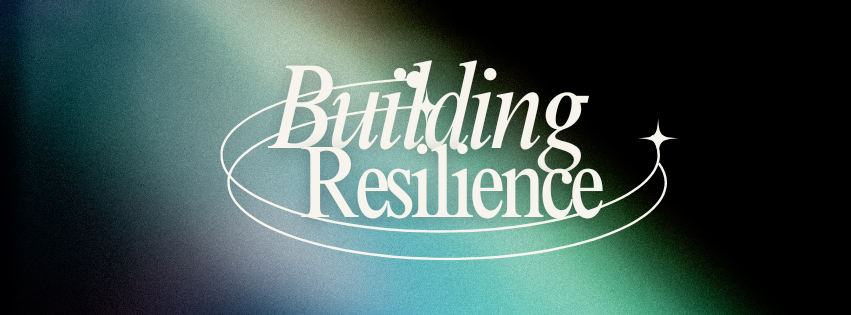
The Holistic Approach: Integrating Mind, Body, and Spirit for Growth
by Trent Fisher | Apr 14, 2025 | Alignment, Appreciation, Beliefs, Change, Clarity, Commitment, Consistency, Fulfillment, Goals, Gratitude, Intentions, Manifestation, Mindset, Motivation, Positive Mindset, Purpose, Self-Love, Transformation, Values

When we think about personal growth, we often focus on one area—mental clarity, physical health, or spiritual peace. But true, lasting growth happens when we take a holistic approach, nurturing the mind, body, and spirit as interconnected parts of a whole. When these three areas are in harmony, we experience greater fulfillment, resilience, and balance in life.
Here’s why integrating mind, body, and spirit matters and how to create a life where they all work together for your growth.
Why a Holistic Approach Matters
The mind, body, and spirit don’t exist in isolation. Each affects the others in profound ways:
- Your Mind: Stress or negative thought patterns can manifest as physical symptoms like fatigue or tension.
- Your Body: Poor physical health can drain your mental energy and make spiritual practices feel out of reach.
- Your Spirit: Disconnection from your purpose or inner self can lead to emotional distress and unmotivated action.
When you nurture one area, it positively impacts the others. For example, practicing mindfulness can reduce stress (mind), improve your sleep (body), and deepen your sense of peace (spirit).
How to Integrate Mind, Body, and Spirit
1. Start with Your Mind: Cultivate Awareness and Positivity
Your mind shapes how you perceive and respond to the world. Developing a positive, growth-oriented mindset helps you approach life with clarity and resilience.
Practical Steps:
- Practice Gratitude: Start or end your day by listing three things you’re grateful for.
- Challenge Negative Thoughts: When self-doubt arises, reframe it into an empowering belief.
- Learn Continuously: Read, listen to podcasts, or take courses to expand your knowledge and perspective.
2. Strengthen Your Body: Prioritize Physical Well-Being
Your body is your vessel for experiencing life. Caring for it creates a strong foundation for mental clarity and spiritual growth.
Practical Steps:
- Move Regularly: Find activities you enjoy, whether it’s walking, dancing, or yoga.
- Eat Nourishing Foods: Fuel your body with whole, nutrient-rich meals that energize you.
- Rest and Recover: Prioritize sleep and allow your body time to heal and recharge.
3. Nurture Your Spirit: Connect with Something Greater
Whether through faith, nature, or creativity, nurturing your spirit brings a sense of purpose and peace.
Practical Steps:
- Meditate or Pray: Spend a few quiet minutes each day connecting with your inner self or a higher power.
- Spend Time in Nature: Reconnect with the earth by taking walks or simply sitting outside.
- Reflect on Your Purpose: Journal about what brings you joy and fulfillment.
Bringing It All Together
The key to holistic growth is recognizing that the mind, body, and spirit are interconnected. Here are a few practices that nurture all three simultaneously:
- Yoga: Combines physical movement, mindfulness, and breathwork to align your body, mind, and spirit.
- Journaling: Reflects your thoughts and emotions while fostering self-awareness and spiritual insight.
- Mindful Eating: Encourages you to savor and appreciate your meals, supporting both physical and mental well-being.
The Ripple Effect of Holistic Growth
When you align your mind, body, and spirit, you’ll notice changes ripple through every area of your life:
- Increased Resilience: You’ll navigate challenges with greater ease and confidence.
- Deeper Relationships: Your authenticity and balance attract meaningful connections.
- Greater Fulfillment: Life feels richer and more purposeful when all aspects of your being are in harmony.
Start Your Holistic Journey Today
You don’t need to make drastic changes overnight. Begin with small, intentional steps—whether it’s taking a mindful walk, journaling for five minutes, or practicing gratitude. Growth is a journey, and every step you take brings you closer to the balanced, fulfilled life you deserve.
What’s one area—mind, body, or spirit—you’ll focus on today? Share your thoughts in the comments, and let’s grow together!






Recent Comments